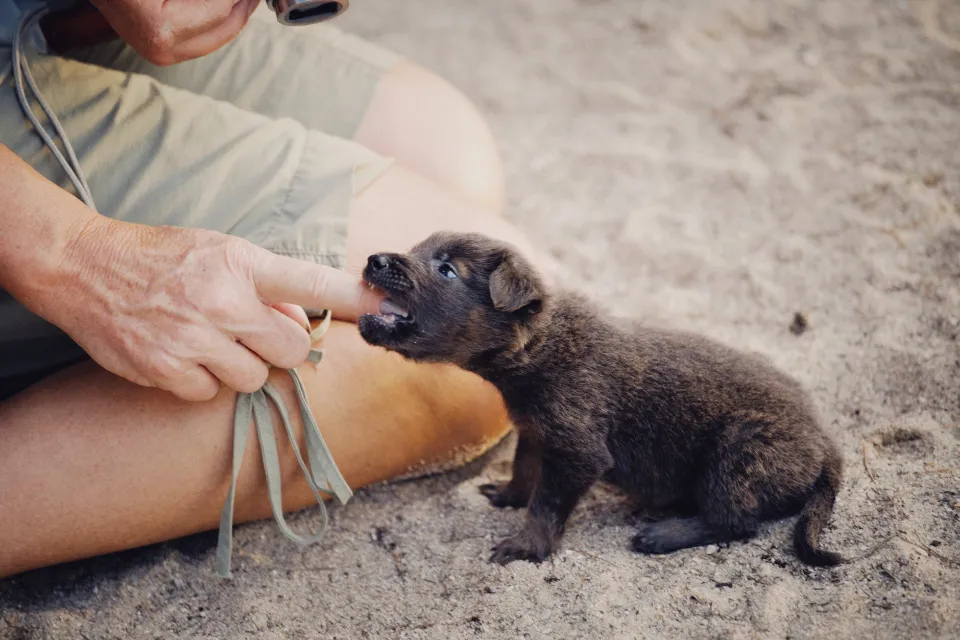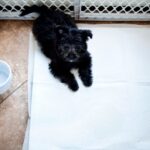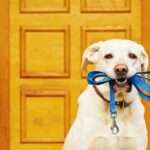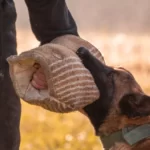Owners must comprehend a number of factors regarding their dog and their aggression in order to successfully train them to stop biting.
When a dog bites a person, it is often out of fear or protectiveness, or when they aren’t feeling well and want to be left alone. Training to prevent dog bites involves proper socialization, providing structure, and building your dog’s confidence.
You can train your puppy to stop doing this with just a few easy steps, but it is completely normal for puppies to teethe and necessary for development.
Socialize Your Dog
The best thing you can do for a new puppy is to expose it to as many new places, people, and situations as you can. Keep things positive. This early exposure is referred to as socialization.
A well-socialized puppy is far less likely to be fearful in new situations, and this lack of fear decreases the likelihood of aggression. Even if your dog is no longer a puppy, you can still work on adult socialization.
Spay Or Neuter Your Dog
While having your dog spayed or neutered does not guarantee that it won’t bite, there is some evidence that suggests altered dogs tend to be less aggressive2. There are many benefits to having your dog spayed or neutered, and averting dog bites may be one of them.
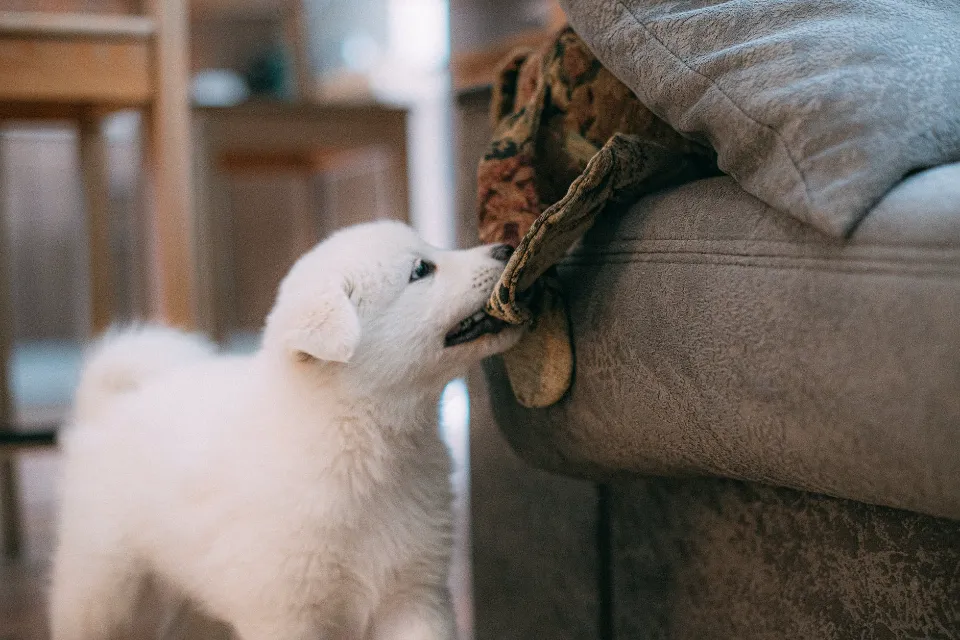
Don’t Make Assumptions
Given the right circumstances, any dog has the potential to bite. Too often people are bitten by dogs because they assume their dog won’t bite. Don’t assume that a dog won’t bite just because of its breed, size, or lack of prior aggression.
Work on Obedience Training
A well-behaved dog is simpler to handle. Working on your obedience training will help you use simple commands to keep your dog focused on you when it is uncomfortable. If you are able to control your dog’s behavior, it is less likely to bite. Training also gives your dog structure and increases its self-confidence.
Prevent the Pounce
Santo advises holding a high-value treat next to your leg as you walk to help the puppy learn to walk politely alongside you if it is pouncing on your legs or feet as you walk, which is a common playful puppy behavior. In order to teach a puppy to walk on a leash, the same method is employed.
Put Them in a Time-out
Put your puppy gently in its crate to give them a chance to settle down and stop biting. Be calm; it’s crucial to prevent them from learning to associate the crate with punishment. You can let the puppy outside once they’ve calmed down.
Offer Quiet Time Or a Potty Break
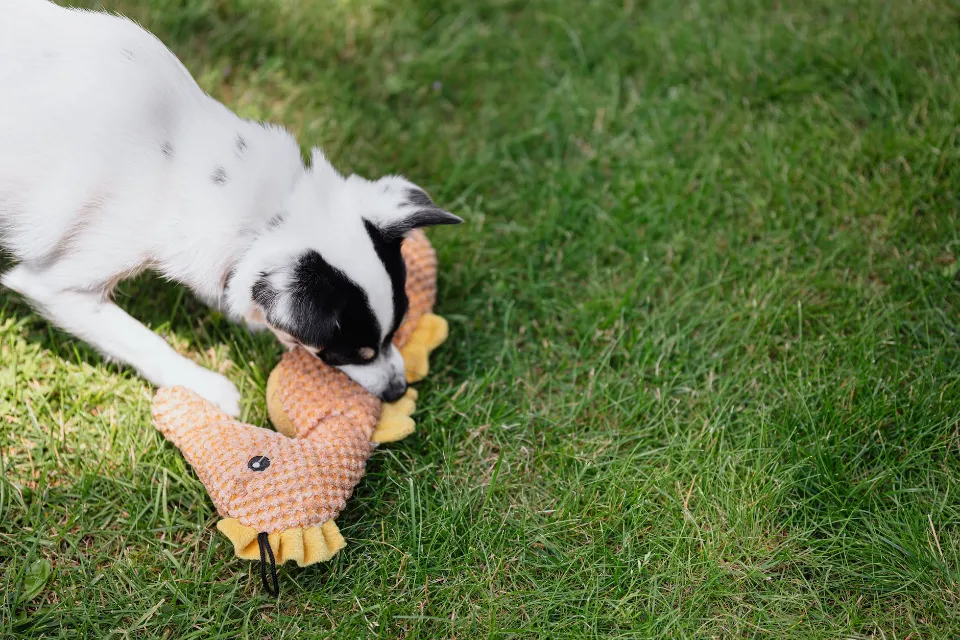
Biting puppies may occasionally be overtired puppies who need to be placed in a quiet area or crate to take a nap. Other times, they might just be hungry or thirsty, or they might need a bathroom break.
Drive Pup’s Attention towards Teething Toys
Once your puppy has finally stopped biting your hands, try this time something different. Talk to him or stroke him gently, but make sure your hands stay out of his mouth. This time, to keep him interested, use soft toys instead of your hands.
Use your dog’s natural instinct to hunt for fun by playing fetch. While protecting your hands from his teeth, this kind of play can help train your dog very effectively.
Help Use Up Some Energy
When the puppy keeps biting, even after you substitute a toy several times, he may just need to burn up some physical or mental energy. Bring them outside where you can watch them play.
Play Safe While Supervising Training
Always remember to use your hands safely while training your puppy. Playing rough will only reinforce his actions and give your dog a firm belief. You can feel a sharp bite coming on the next time you glance away.
Don’t play with your hands, and keep an eye on the kids when they’re playing with the dog. Kids are not aware of training a puppy so it may lead to severe injuries even before you could teach a puppy not to bite.
Reinforce Behaviors You Desire
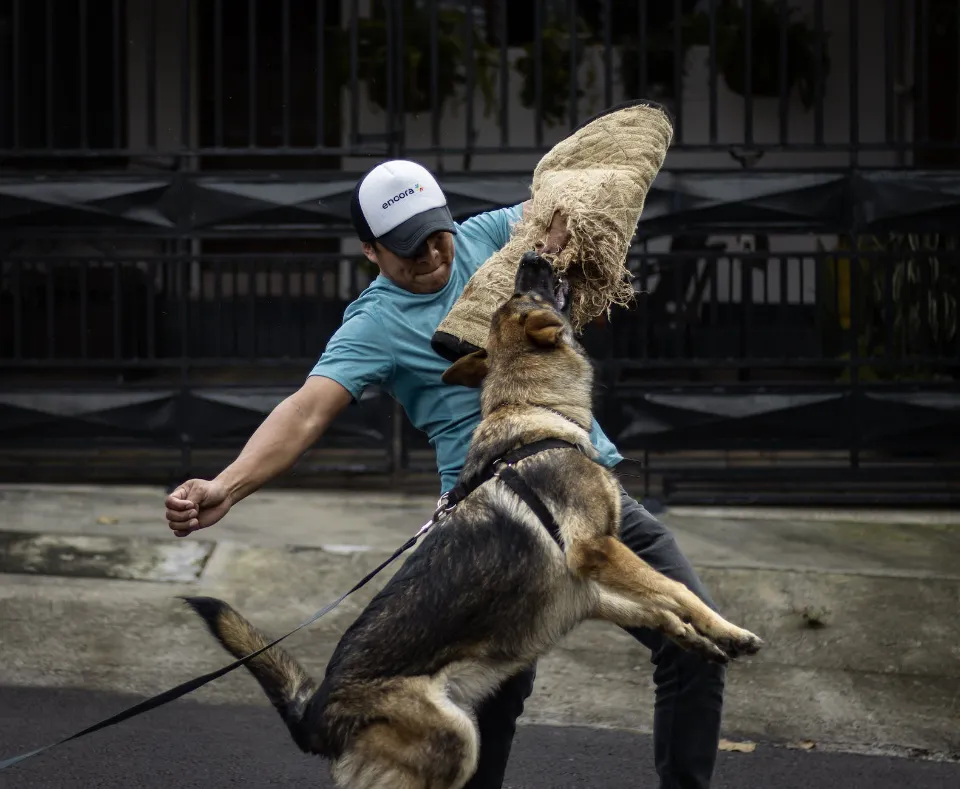
We sometimes forget that when our puppy is calm and quiet, we should reinforce that with a “good dog” a piece of kibble or a pat. By rewarding the behaviors you want to see, you’ll teach them what those are.
Desensitizing
Your dog will feel less anxious in this setting, so invite a friend over who doesn’t know your dog. Put a leash on your dog in order to ensure that you can help prevent any biting. If required, use a head halter. Have your friend come over gradually, and tell them to stop and wait if your dog starts to act fearful or aggressive.
Reward your dog’s calm behavior with affection and treats once they have calmed down a bit. Repeat this several times, instructing your assistant to approach each time from the side so that your dog does not perceive it as a threat.
Once your dog has calmed down again, allow your friend to toss treats in order to inform your dog that the stranger does not mean any harm. To get your dog to stop acting fearful or aggressive, repeat this over the course of a few days or weeks with various friends.
Here are more tips on dog training:
- How to Train a Deaf Dog? 5 Techniques for Deaf Dog Training
- How Much Does It Cost to Train a Service Dog?
- How to Become a Service Dog Trainer? A Beginner’s Guide
- How to Train a Dog Not to Bite? 12 Effective Strategies
- How to Train a Dog Not to Jump on People? Tips
Conclusion: Train a Dog Not to Bite
Now you know “how to train a dog not to bite?” To create a habit and stop your dog from biting, you should practice all five of these techniques repeatedly over time.
The key to teaching your dog to stop biting people is to understand how they behave around friends and family.
FAQs
Should You Punish Your Dog for Biting?
You shouldn’t punish a dog for biting. Additionally, using this technique might teach the dog to never warn its owner before biting. It most certainly does nothing to lessen the dog’s stressors.
What Command Stops Dogs from Biting?
When necessary, give your puppy firm commands to get him to stop biting. All ages of puppies are subject to this. There is nothing wrong with quickly giving a loud and firm “No bite!” command if you feel a tooth at your hand. You also can yelp or say “ow” in a loud, high-pitched tone.
Should I Slap My Dog If He Bites?
Never use your hands to punish your puppy, such as holding the pup’s mouth tight. The advice to blow in your puppy’s face, flicking your puppy on the nose, or smack him/her may have been given to you in an attempt to stop biting. These are also poor choices that will have further ramifications.

